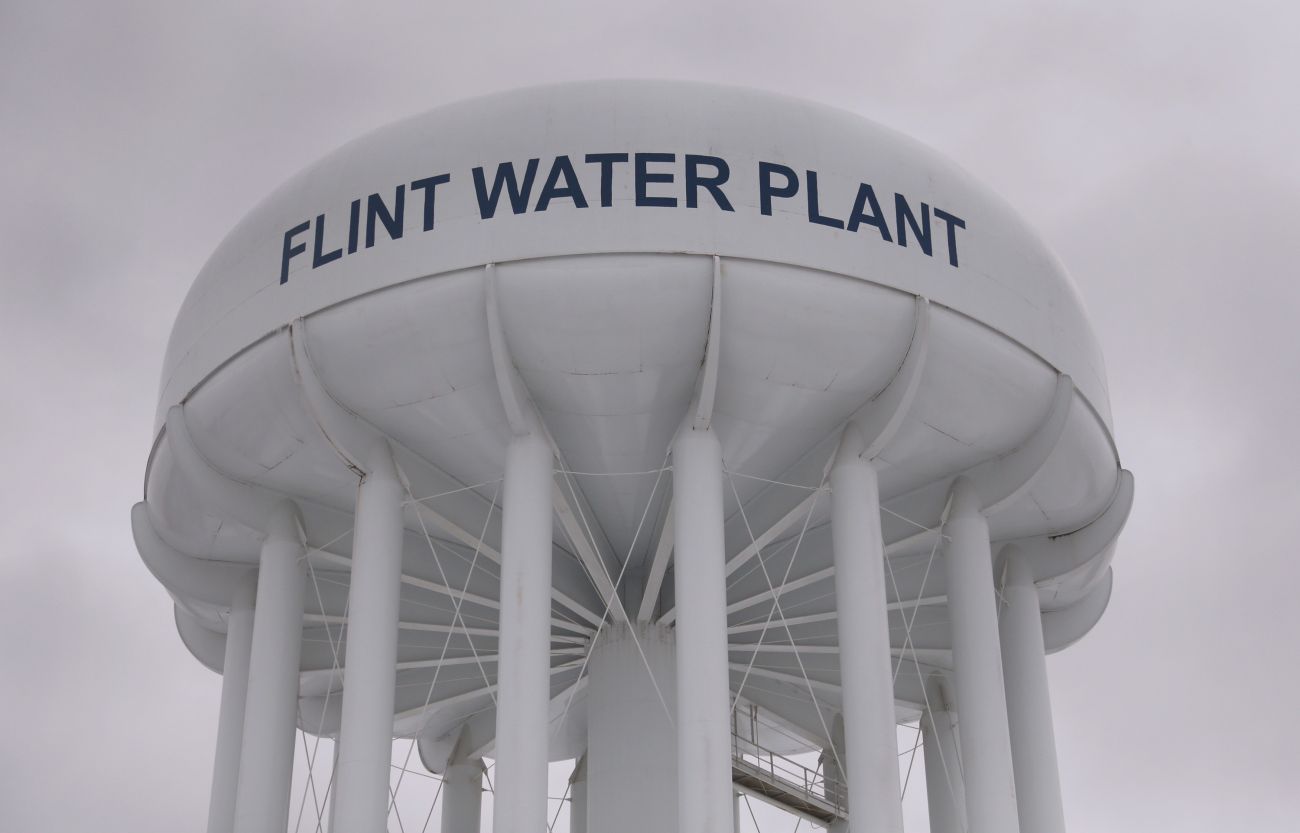Read Gov. Rick Snyder’s proposal to remove lead water pipes in Michigan

Michigan Gov. Rick Snyder wants to overhaul the state’s “Lead and Copper Rule,” following the Flint’s lead-in-water scandal.
Related: Even after Flint, lead-free water lines may be a pipe dream in Michigan
Related: Reforms going nowhere to require Michigan schools to test water for lead
Those standards now mirror a federal rule that experts have long said fails to protect public health. Snyder’s wide-ranging proposal would require some utilities to replace every lead service line in Michigan over 20 years. It would also lower the threshold for how much lead regulators will accept in water and significantly tighten testing standards.
The proposal would:
- Lower lead “action level” from 15 to 10 parts per billion.
- Require water suppliers to remove lead service lines over the next 20 years (5 percent each year), once 90th percentile of tests hits 5 parts per billion. Includes lines with only lead “goosenecks” or galvanized lines that are or were connected to lead service lines. Currently, removals are only required when action level is eclipsed after corrosion control treatment.
- Require suppliers to map their pipeline system — including where lead is found — and submit to the state a verified inventory by 2024. It must be updated each year to note lead line replacements, and customers served by a lead line must be notified.
- Require suppliers to offer to replace private portion of lead service lines — and pay for it.
- Mandate annual samples for lead among large suppliers — 50,000 people and above — and those with corrosion control treatment.
- Create a statewide advisory council to lead public awareness efforts, and require local councils in larger cities.
- Make suppliers review and/or update their pools for sampling for lead — emphasizing sites with lead service lines.
- Only use highest result of valid samples at a site in calculation of system-wide lead and copper levels. Currently, any valid sample at a site can be used.
- Require second sample at site serviced by lead line — taken after 6 liters of water has been drawn, to more closely represent household water use.
Related: Here’s where Michigan 2018 governor candidates stand on lead pipes
Related: Gov. Rick Snyder pitches plan to clean up Michigan’s polluted sites
Michigan Environment Watch
Michigan Environment Watch examines how public policy, industry, and other factors interact with the state’s trove of natural resources.
- See full coverage
- Subscribe
- Share tips and questions with Bridge environment reporter Kelly House
Michigan Environment Watch is made possible by generous financial support from:
Our generous Environment Watch underwriters encourage Bridge Michigan readers to also support civic journalism by becoming Bridge members. Please consider joining today.
See what new members are saying about why they donated to Bridge Michigan:
- “In order for this information to be accurate and unbiased it must be underwritten by its readers, not by special interests.” - Larry S.
- “Not many other media sources report on the topics Bridge does.” - Susan B.
- “Your journalism is outstanding and rare these days.” - Mark S.
If you want to ensure the future of nonpartisan, nonprofit Michigan journalism, please become a member today. You, too, will be asked why you donated and maybe we'll feature your quote next time!



